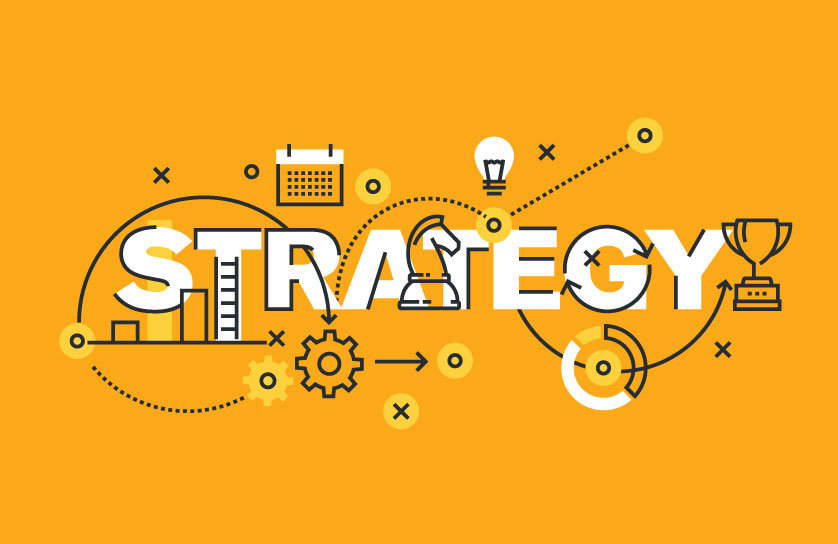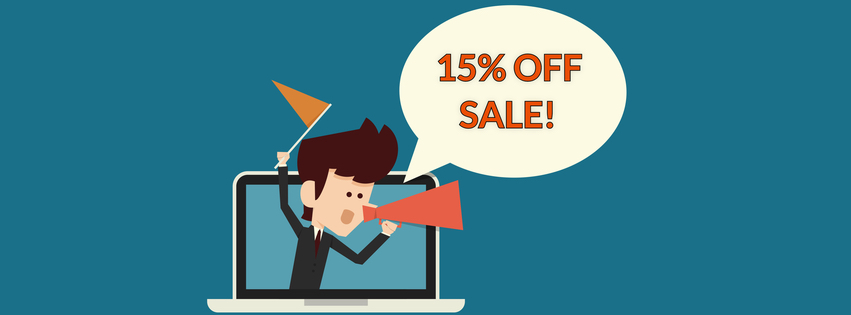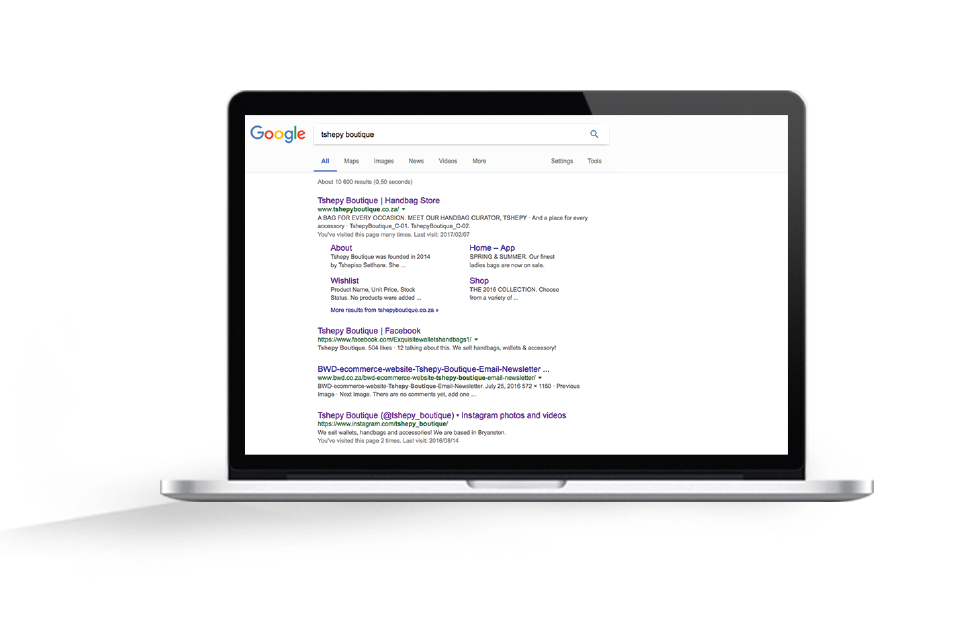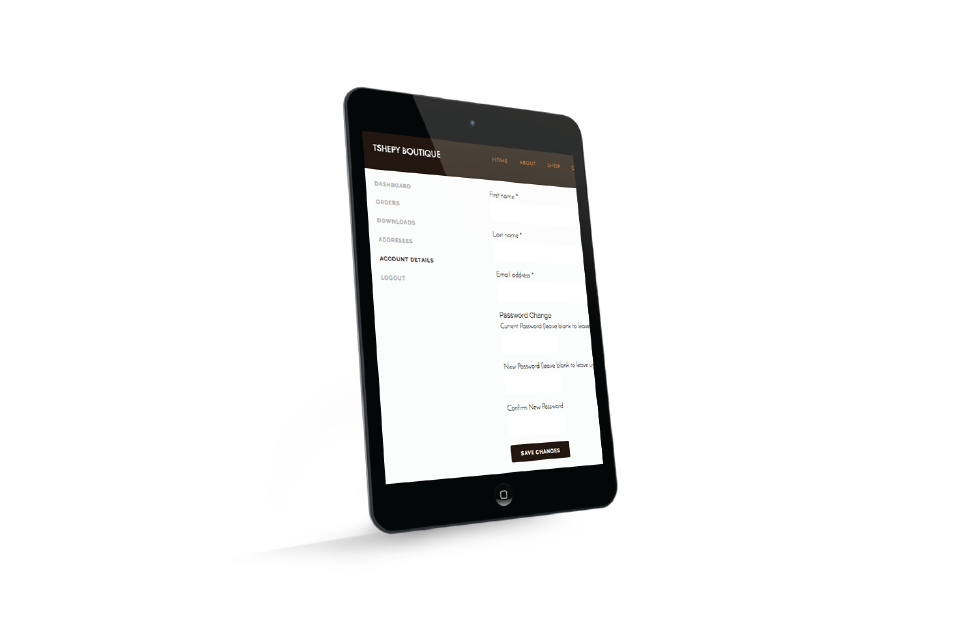Posted at 14:33h
in
Digital Marketing

The notion of rolling out a digital marketing campaign strategy may seem daunting at first, especially when one considers all the shifting pieces, which often mean a single opportunity to either succeed or fail. The truth is, approaching a digital marketing strategy is not that different from how you would approach a traditional marketing campaign strategy. You can expect a broad goal such as “generate more sales”, as you would with most new briefs.
One of the major benefits of digital marketing is that it is easier to measure and quantify the results of your efforts. There are countless means of achieving your goals. This also means that there is a lot of planning ahead and analysis required to execute a successful campaign and measure it accurately. Below is a framework for approaching and executing a successful digital marketing campaign.
1. How Much are You Willing to Spend
A budget guides us on what that we can do and how often we can do it. When buying adverts on platforms like Google search, Facebook, etc we have an idea of how much we can spend of the different platforms. A budget will also guide us whether we’re able to invest in effective video content. An advantage of digital marketing is that it tends to be more cost-effective. You can develop an online marketing strategy at a relatively reduced cost, compared to traditional marketing. Over the years, many companies have increased their digital marketing budgets, with some remarkable results. This does not however, imply that you have to spend large sums of money to get the best outcomes.
The first thing you might want to consider in developing a digital marketing campaign is your budget. The budget will be a significant influence when you come up with ideas at a later stage. Keep in mind that a small budget does not necessarily mean you have failed before you have even begun. This is an opportunity for you to be more creative and formulate innovative ideas (with little cost) that achieve significant impact.
The budget should comprise of three components:
- Proposed activation budget – this is a detailed financial plan, which will include costing and timing of activation for the digital marketing campaign.
- Proposed Campaign Success Measure – these are all the metrics you propose to use in measuring the success of the campaign. You need to justify your choice in metrics.
- Proposed Brand Performance Measure – this is where you suggest a list of to measure overall brand performance in relation to the marketing spend.
If your budget for a digital marketing campaign is R100 000, for example, you need to remember that an effective campaign cannot work in isolation. Your marketing efforts need to be integrated. Thus a portion of your activation budget may be allocated to things like PR or a radio advert that directs audiences to the main platform of your campaign (e.g. social media or a micro-site).
2. Identify Problem and Boundaries
It is true that we live in an age where digital platforms have dominance. Many brands recognize the value and importance of establishing an online presence in order to remain competitive and on par with evolving marketing environment. However, before you make any decisions regarding your online activity, you need to clearly define the problem you are facing and determine if a digital marketing campaign is the solution.
Perhaps you have already taken steps in building an online presence and you have a website. The website is not achieving the objectives you had hoped it would and now you are faced with a problem: How do you increase traffic to the website and ultimately improve the number of sales? There are numerous ways of increasing website traffic and a well thought-out digital marketing campaign might be the answer but you need to define boundaries before moving ahead.
3. What are You Trying to Achieve? (Your Goals)
You have to be as clear and concise, about what you ultimately trying to achieve, as possible. If you have specific goals that are targeted, the process of creating a plan to achieve them will become a lot simpler. Always ensure that the objectives you set are SMART.
You could be looking to generate sales leads, increase sales, become a resource / authority, increase brand awareness, increase traffic to your website, establish your brand/business in social media, etc, etc.
4. Conduct Your Research

Once you have decided on a digital marketing campaign, the next imperative step to take is researching. You need to begin by outlining what you need to know. This will involve a process of eliminating information that is ‘nice to know’. A lot of focus on what is necessary is important at this stage, as the information will guide you in the right direction in setting your research objectives. Once you have you have your research objectives clearly defined, you have to go over the process of selecting the best methods of gathering your data. The best methods will be those that are quick, fun and simple to execute. Another important consideration at this point is who needs to be researched. The digital domain is a diverse and inclusive environment. You have to be specific about who needs to be research in order to best meet your goals.
There are a number of free and paid tools that you can use to conduct your research like Google Analytics, Google Keyword Planner, Google Search Console, Adobe Analytics , Alexa, Buzz Sumo, Social Crawlytics, Social Analytics Chrome Extension, KISSmetrics, Crazy Egg, Similar Web, etc, etc. The tools when help you look into Social Sharing, Web Traffic, Keyword Research, Surveys, and What’s Trending.
5. Conduct a Situational Analysis
Digital is a constantly changing environment. Real-time marketing is a concept that has emerged with the advent of digital media. This involves making decisions based on what is happening at a particular moment. This highlights the importance of having a good understanding of the external and internal forces that may impact the digital marketing efforts and the business objectives. At this stage, you need to be asking four questions:
- Where does your brand sit in regards to digital authority?
- Where would you like to see your brand go in the digital realm?
- What are the obstructions in getting you there?
- How should resources be organized in getting there?
You will be required to conduct a comprehensive analysis of your market and look at the major trends – focusing on digital marketing trends that are emerging within your market. It will work in your favour to have a clear picture of what your competitors are doing – seeing where they have succeeded and where they have failed in driving a successful digital marketing campaign.
Another aspect to take into consideration during your analysis is the consumer. You need to understand your consumer needs.
- What are they searching for when they go online?
- What would be useful to them?
- What are consumers saying about your product/service online and what perception do they have about your brand?
The final thing to do at this stage would be to summarise the information in a SWOT analysis. You need to look at the strengths you have in the digital arena. Perhaps you have a well-designed website and this is something that could be leveraged. The next step is to be honest about your weaknesses. These could be things like, low-quality images on your website or maybe a poorly managed social media platform. You can then begin to look at opportunity and threats you may be faced with. Opportunities could range from a rising trend in content marketing, whereby online users are demanding more downloadable content, to technological advancements that allow for you to engage with audiences in a more authentic way.
6. Analyse Your Research

The value of your research lies in how it can be used to achieve the goals. In making the most of all your research, you need to draw four things from it. They are:
- The findings;
- The insights and;
- The issues
The findings will answer the ‘What’; the insights will lead to the ‘Why’; the issues will tell you ‘How’; and the objectives will be ‘What’ and ‘When’. An example of a finding could be that audiences are not taking time to read blogs on the website and exit the page quickly. The insight for this could be that audiences are intimidated by the large amount of information presented to them, decide it will take too long to get through and comprehend, and thus do not attempt to start. The issue would be, “How do we get audiences to stay on the webpage for longer and engage with the content”.
7. Who is Your Target Audience?
At this stage, you have to segment your audience. This means that looking into all possible opportunity areas. You have to consider all online stakeholders, which would include bloggers, social media followers, bloggers, influencers etc. This will then allow you to better decide which groups to pursue. You can then define a persona for your target. For example, your customer persona could be:
Name: David
Age: 38
Platforms: Twitter; Facebook; Google+; Instagram and LinkedIn
Description: David is the founder and managing director of a small/medium engineering firm. He runs his business alongside a small team of experts. The business is growing fast and they receive a lot of enquiries. However, David has noted that a lot of people do not have an understanding of what the brand stands for and what it is that they do exactly. David wishes to maintain the growth of the firm and recognises the need to have an online presence in order to remain competitive.
A well-executed persona will inform a more creative campaign that will resonate with the target market effectively.
8. Where Do You Find Your Target on The Internet?
Once you have clearly defined your target audience, you need to map out where you would find them on the Internet. Which website platforms do they visit regularly? What pages do they follow on social media platforms like LinkedIn, Facebook, Twitter or Google+? Which groups are they members of? Do they just prefer visiting news websites? Finding answers to these questions will guide you when it comes to making decisions regarding the best marketing channels for disseminating your message. It will also be useful when it comes to developing an effective social media strategy, which is an important part of your digital marketing plan.
9. Position the Brand & Craft a Message
In crafting a message for your brand/campaign, you need to consider what is important for your target market to know in order to click-through and engage with your brand, and ultimately get the buy-in. Before developing the message, you have to position your brand. This is how you want the brand to be perceived by your target audience in relation to competitors. The positioning will be used for internal purposes to help guide you.
Positioning Statement Example:
To the young talent, with an unhindered imagination and a fierce desire to express herself, Éternelle Juenesse is a cosmetics range that allows for freedom and individualism because only Éternelle Juenesse pushes the envelope of beauty – delivering vibrancy and edge.
10. Develop a Concept
When you develop a concept you need to keep in mind that it needs to be usable across multiple platforms. If you have an idea that cannot achieve more than a few executions on digital platforms, it means that your concept is not strong enough. Even if you ultimately decided on a few online platforms to use, the concept needs to be strong enough that it won’t be restrictive and can be executed on social media, search advertising, display advertising, etc.
11. Develop a Communication Strategy Plan

Now that you have your concept ready, you are ready to execute but before this you need to conduct an inventory of your online points-of-contact. Make note of all the touch points your consumers, and prospective consumers, come in contact with on the Internet. A customer journey will help you identify all the points-of-contact your consumers engage with.
12. Create Timeline
Is the campaign going to run for 1, 3, 6 or 12 months? It is important to know exactly when each item will be executed once the campaign is launched (and for the duration of the campaign). A timeline will outline all these items. Everyone working on the team needs to be aware of the timeline. This can be distributed through a collaboration tool such as project management, or whichever tool you find works best for your team.
13. Create a Channel Plan
In choosing the best digital channels to use for your campaign, you need to be able to answer the question, “Why is this the best channel and are what are possible better alternatives?” The channels you select need to best serve the brand and achieve the greatest impact, whilst being cost effective.
We got a number of channels that we can consider for our campaign like Social Media Marketing, Microsite, Animated Explainer Videos, Videos, YouTube PreRoll adverts, Online Public Relations, Content Marketing, Your Website, Display Advertising, Email Marketing, Social Media, Search Engine Optimization, Digital banners, Events, Facebook Advertising, Influencer Outreach, LinkedIN Advertising, LinkedIN Group, Competitions, SMS, etc, etc.
14. Setting Up Your Campaign
The final stage of your digital marketing campaign roll out is deciding exactly how you will measure results and implement tracking. Also before the official campaign launch, you need to gather all graphical and video assets. You do not want to be in a situation whereby you run behind on marketing collateral in the middle of your campaign. You might also want to consider writing and scheduling all the social medial copy for the campaign ahead of kick-off.
General Setup Items
- Video
- Copywriting
- Posts & Tweets
- Graphic Assets
- Social Media
- Lead Capture Funnel
- Measurement and Reporting
After you have gone through this process and steps, you are ready to execute. Communication and project management will be key in ensuring a smooth running digital media campaign. Team members working in segregation will not benefit anyone, there needs to be constant collaboration amongst team members to ensure that everyone is on track in pursuing the shared objectives outlined at the beginning of the process.
It is true that marketing on digital platforms presents a whole new beast. The audiences behave differently, engage in new ways and demand even more. Digital is a rapidly evolving environment. Follow these steps when planning your next digital marketing campaign and you are guaranteed to have the best possible chance to succeed
15. Measure Results
You would have created Key Performance Indicators which are based on your goals. For example if we were aiming to generate 100 leads per month, how many leads are we getting per day? Will this number help us achieve our desired objectives? If the answer is NO, then what do we need to do to correct the problem.







































 Specify Product Variables
Specify Product Variables


















